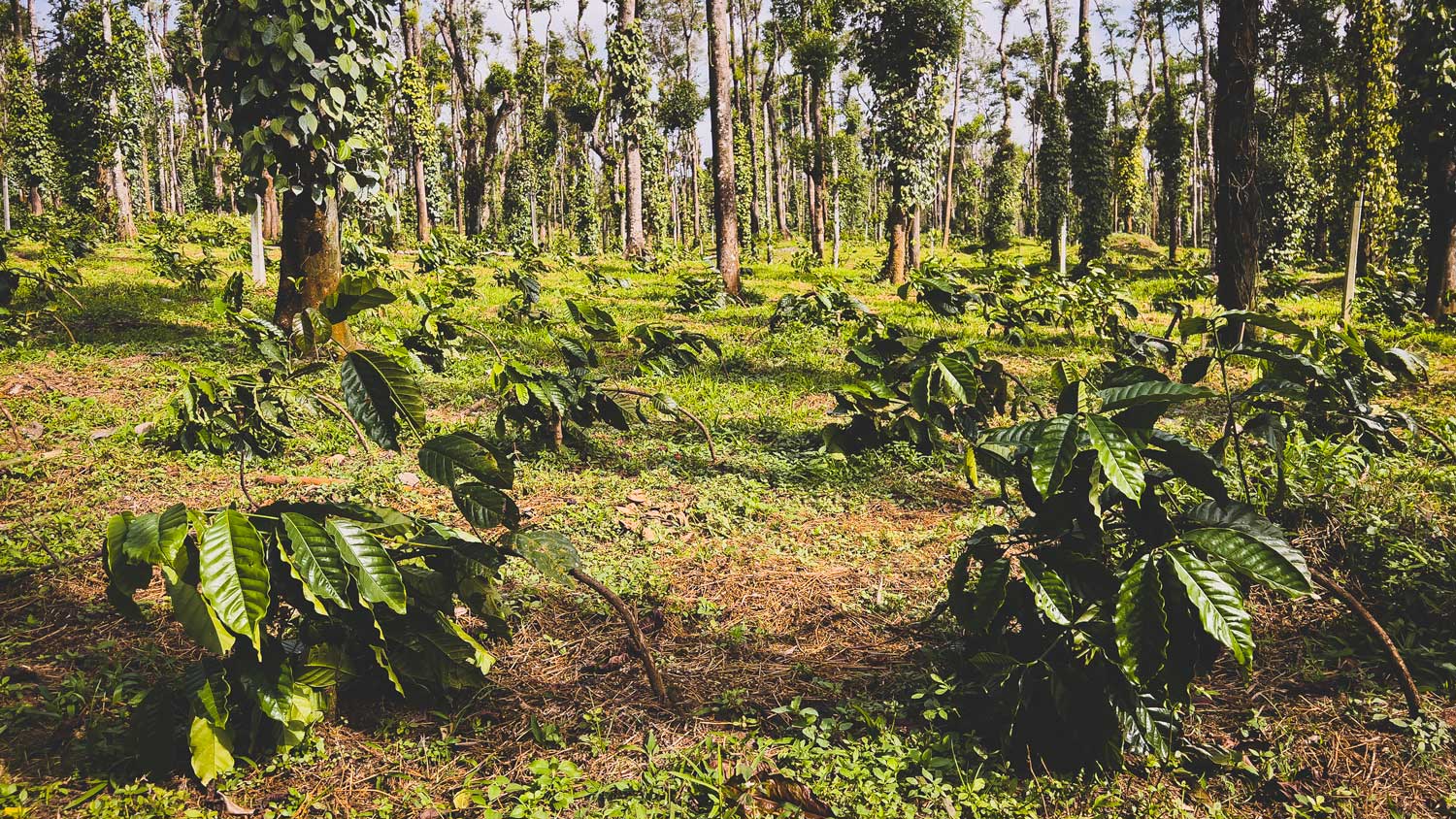Coffee Planting: Costa Rican Vs Guatemalan Vs Colombian
Kenyan coffee planters, who took to multi-stem farming and returned to the single system, hold empirical proof that multi-stem doesn't work.

A year ago, we brainstormed and decided to uproot all the coffee plants from a low-yield patch and replace them with fresh, good quality saplings. Then we asked, "Why don't we do something different?" We were talking about a Robusta patch, so we figured it would be a good idea to change the crop to Arabica, considering the rich soil and the undulating, east-facing terrain. In the end, we thought we should stay with Robusta there, but with a change: in place of the single stem plants we had there, we'd grow multi-stem coffee plants.
What's a multi-stem coffee plant?
You plant a healthy coffee sapling with a straight tap root, well-formed feeders, and anchors. You nourish it with good manure, keep borers and mealybugs clear of it. Then, after a few months, you bend it over, and the others, all in the same direction, bowed toward the next plant, and you tether the top to a stone or a stake. In a few weeks, fresh shoots appear on the sky-facing part of the lower trunk. You keep the three best and take out the others. The three will now rise, turning one plant into three, each bearing coffee according to how you tend them.
The method is called the Agobiado System. There are broadly three systems in vogue: The capping (single-stem) or Costa Rican method; the agobiado, or Guatemalan method; and the Colombian method. The agobiado and the Colombian techniques differ from the capping system in how you train the plant. Whereas in the agobiado way the plant is grown with three leading branches from the base of the stem, the Colombian system maintains a single stem, but you hack the branches three times as the plant grows, giving it greater strength. I have roughly reproduced in this paragraph a study by Antonio Orlich at the IOWA State University.
Last year, we planted our saplings, bent them recently, and are awaiting the shoots. We could've done that sooner, but the weather confounded us all year. Now we are anticipating a bumper from the three-in-one plants.
There has been a mealybug attack across the entire patch, which we have brought under control. When we pulled out a few plants and examined the roots, the condition of the white, tender feeder roots was worrisome.
What could be wrong with the above system? Nothing, logically. But an article on Kenyan coffee planters, who took to multi-stem farming in a big way and returned to the single system method, shows empirical proof that multi-stem doesn't meet expectations.
The large and complex multi-stem variety takes more labour, more pesticides, more manure, more of everything. But you accept all that, with the argument that there's a three-fold crop increase coming.
Not true, say the Kenyans in the article. One of the farmers quoted in the piece says he used to reap 10 kgs of cherries per plant, and now after he has converted his farm to the single stem type, his yield per plant is 25 kgs. More and more Kenyan farmers report they have seen dramatic turnarounds in underperforming multi-stem plantations since being converted.
I'm thinking. What with the mealybug attack, the new patch being no more than a year old, and the patch being better suited for the superior Arabica coffee, and all these things that I read today, why don't we start all over and plant Arabica? For long-term good?
I'll talk to the others.



